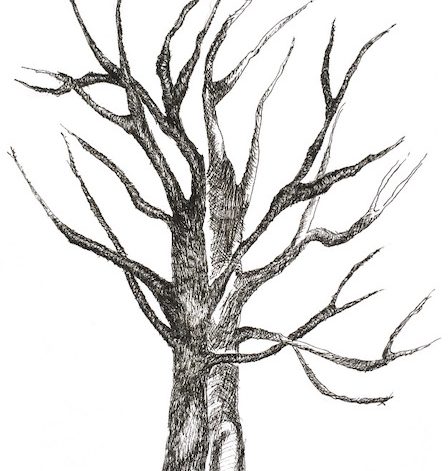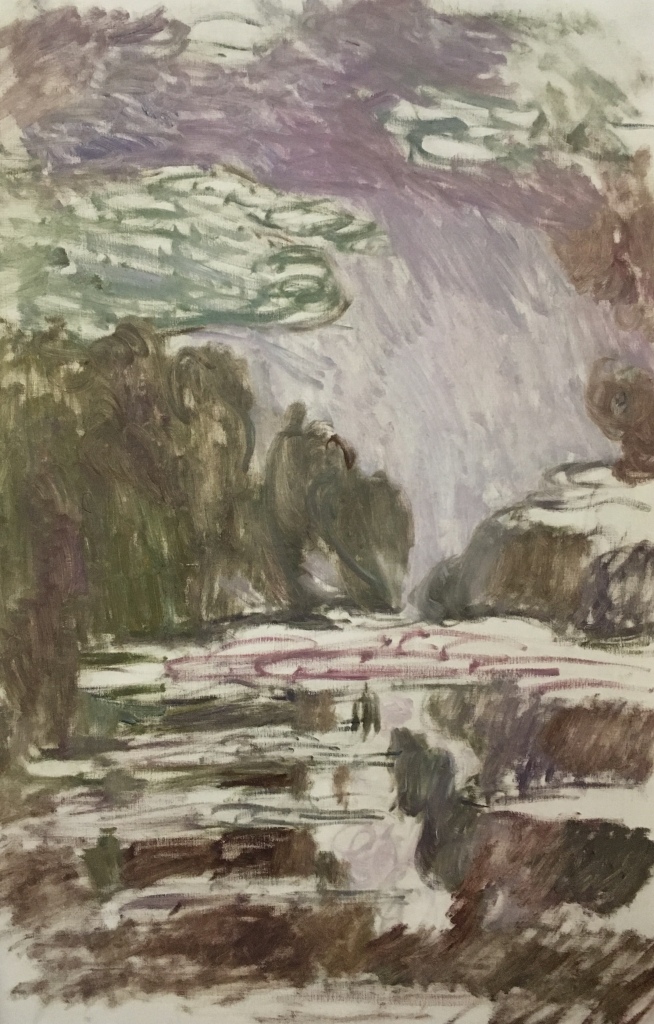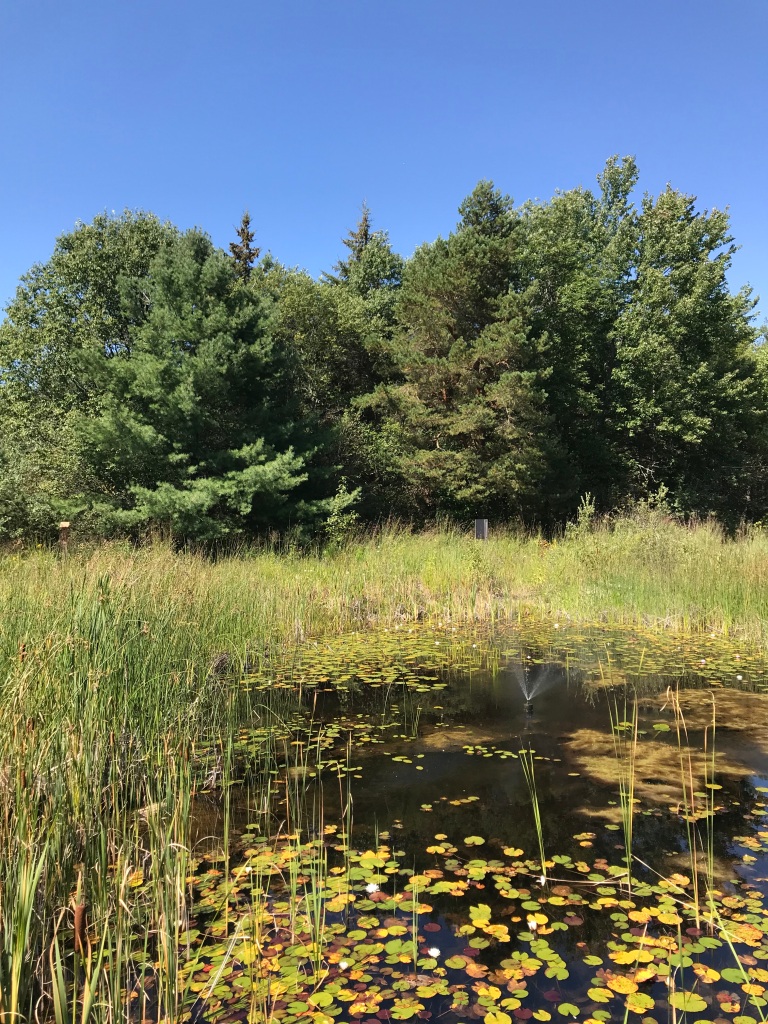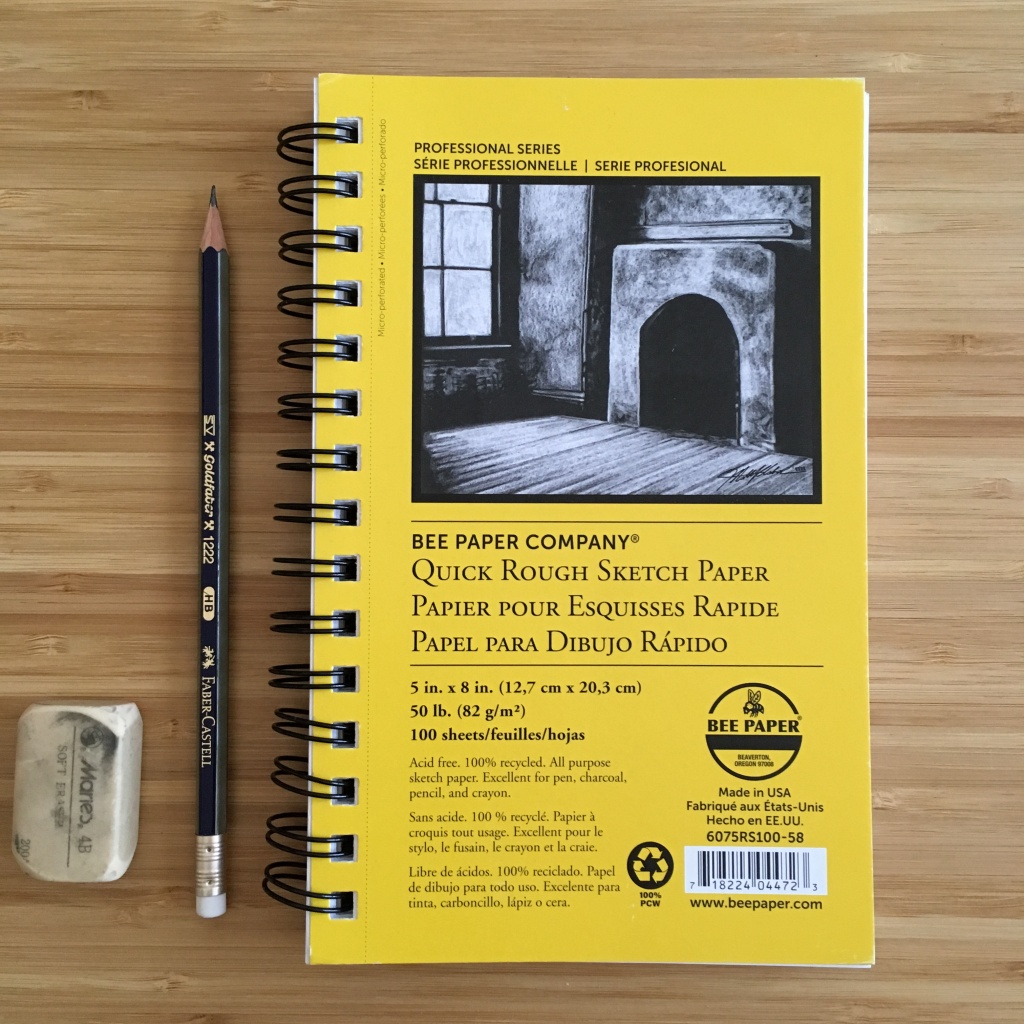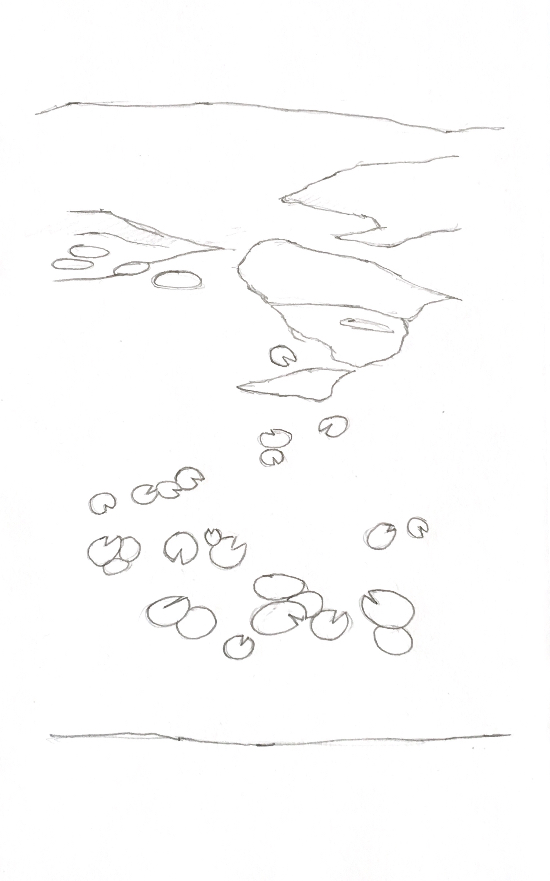I’m finding my exploration of Fauvism very rewarding. When I began studying the works of Henri Matisse and Andre Derain, I imagined the steps they took and what they were thinking when they were painting. I’m sure they weren’t thinking of opposing to Impressionism every second of their career, but it’s sometimes difficult to conclude whether your actions are motivated by decisions or oppositions.
I tapped into one of my favorite collections, by one of my favorite artists in my first revival. I spoke about attainting the right vision you’ll need for your artistic journey (or career) and now I feel that confident with the lens I’m looking through. Waterlilies is a collection that can astound anyone when they take experience Monet’s fluency in French Impressionism.
To avoid exhausting the subject, I will dive into my main source of inspiration. I was fortunate to come across John Harney, a wonderful photographer based in Connecticut. His new photo of waterlilies urged me to paint, but he continuously inspires me with every shot. Here it is.

The colors and saturations of this photo are unmatched. It would actually make for an incredible impressionist painting. But this (I) wild beast ins’t going down that path. The whole purpose of this revival is to oppose impressionism, just like the Fauves did long ago. However, I had my own oppositions with Fauvism too. For example, I’m continuing to paint with watercolors. It is weird and untraditional, but it is liberating.
I’m quite happy with the way my painting turned out.
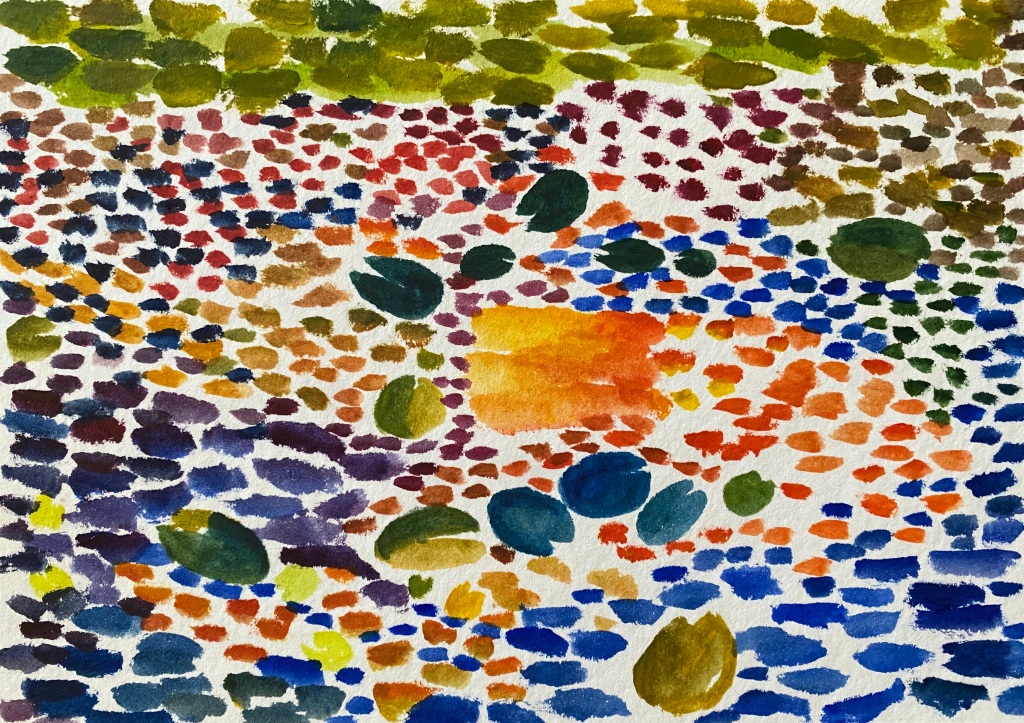
I think the most valuable prize that comes with painting (and Fauvism) is learning about your own art style within the form you’re exploring. I can see my brushstrokes being rounder rather than linear, just like my handwriting. My colors are often more pigmented than watery. I’m also more keen on small brushstrokes, just like my preference for smaller paintings.
I will also be selling all paintings due to me moving in a couple months. I can’t wait to see my paintings hung in their new homes! Contact me via the commissions form if you’re interested in purchasing any of my work.
